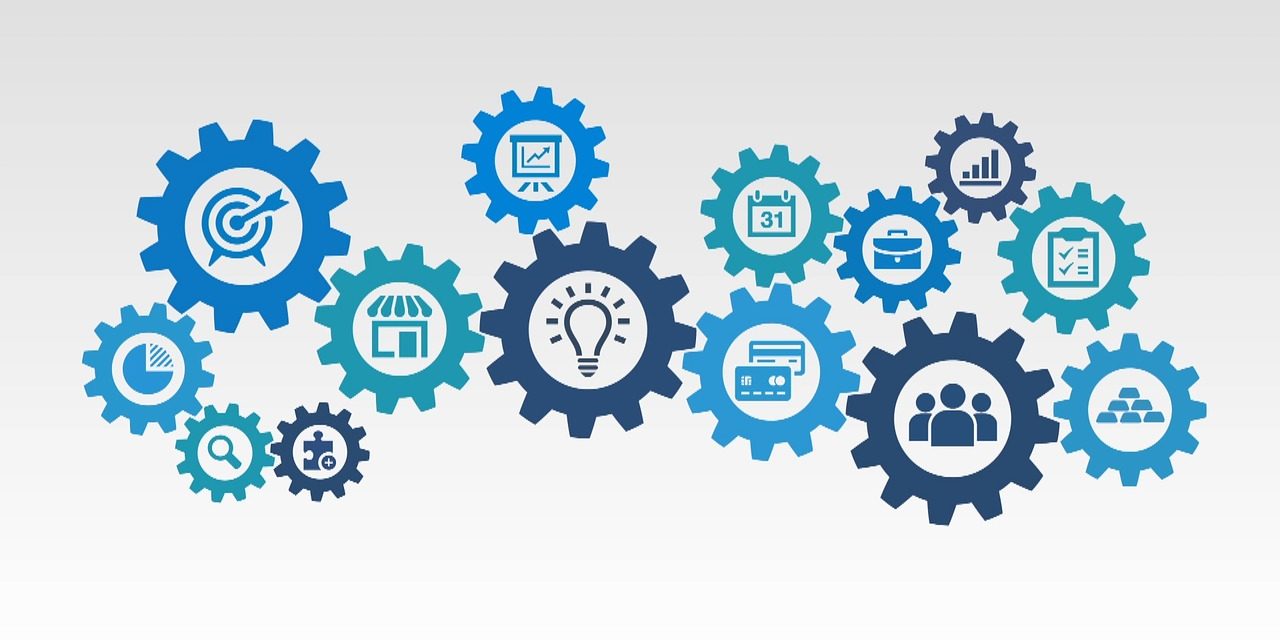
Planning meeting courtesy of Wikipedia user Eleberthon, CC BY-SA 3.0.
Strategic planning is a mandate of most communities throughout the U.S. The overall goal of the planning process is to create a strategy that guides the community into the future. It is a collective effort among the community, the local government, and regional businesses to look at where they are now, where they want to go, and how to get there.
Informed strategic planning offers a variety of benefits for any community. Initially, the planning process establishes a direction for the community to move. By clearly defining the purpose of the community, officials are able to establish realistic goals and objectives that can be effectively communicated to constituents. An increased level of commitment to the community and its goals is another noted benefit. Perhaps the most salient benefit of strategic planning is its ability to pinpoint the avenues that make the best use of the community’s current and projected resources.
The strategic planning process needs to encompass a number of independent but interrelated components that affect the community and its constituents. One such component involves economic impact. Greenfield Advisors can assist communities during their analysis process by providing perspective on the impacts of decision-making and change on the local economy. Greenfield Advisors provides directed analysis based on each community’s unique needs, distinctive from the common boilerplate economic reports floating around.
Live vs. Work Analysis
By integrating data collected from the local housing market, job opportunities, and the local cost of living, we can track the locations of distinct employment categories and their proximity to where workers live. Communities can use this information about where people live and work to lure businesses by touting the accessible labor force and to help determine the need for carpool incentives, public transportation routes, or affordable housing in different neighborhoods. It provides the basis for determining appropriate economic development, including locating employment centers near where typical employees live or locating amenities such as grocery stores along commuting routes to reduce time spent running errands and vehicle miles traveled.
Predicting Neighborhood Change

Atlantic Station market courtesy of Wikipedia user Matt Britt, CC BY 3.0.
It is also possible to predict how neighborhood demographics will change based on the types of households that currently live there and who would likely move in response to physical or policy changes. By doing this, we are able to analyze how the mix of residents in local neighborhoods is likely to change over time as a result of new industry in the area or a change in land use. Just look at the impact of Atlantic Station on the local economy in the years since it was converted from an abandoned steel mill into an office, shopping, and entertainment destination in Atlanta, Georgia. This was the subject of Dr. Clifford A. Lipscomb’s Ph.D. dissertation research at Georgia Tech in the early 2000s.
Effects of Local and State Mandates on Small Businesses
Communities may unintentionally be driving away small businesses within the community. According to the 2012 Global Entrepreneurship Monitor Report, more than two-thirds of U.S. entrepreneurs start their business from home. However, some communities require business owners who work from home to obtain a home occupation license or permit. For example, Warner Robins, Georgia requires applicants to obtain the consent and signature of all surrounding property owners before bringing their applications before the City Planning and Zoning Board, as well as the Mayor and City Council for approval. This requirement is in effect regardless of whether the business sells products from the home or allows customers to enter the property.
Traditional Economic Impact Study
An economic impact study is used to estimate how the spending that is associated with a project, event, or industry will affect a region’s economy. These studies are often used to allocate resources, plan for change, and assess the potential for new economic development. Three major effects are taken into account when performing a study: direct, indirect, and induced effects. Direct effects involve the direct activity of the project in question. Indirect effects help to capture the impacts on firms that supply the direct activity. Finally, induced effects capture the impacts of spending by households receiving income based on direct and indirect effects.

Installing fiber optic cable courtesy of Shuli Hallak, CC BY-SA 3.0.
As an example, Chattanooga, Tennessee initiated a community push in the 2000s to attract technology-driven and innovative businesses. Known as “Gig City,” Chattanooga became the first to offer a community-wide fiber optic network capable of delivering Internet speeds of 1 gigabit (1,000 megabits per second) to all 170,000 households and businesses in their service area in 2010. A recent study by University of Tennessee at Chattanooga Finance professor Bento Lobo shows that this network helped the Chattanooga area generate between 2,800 and 5,200 new jobs and between $865.3 million and $1.3 billion in economic and social benefits.
However your community chooses to approach economic impacts in your strategic planning process, the results can be eye-opening when all of the components come together.






Recent Comments